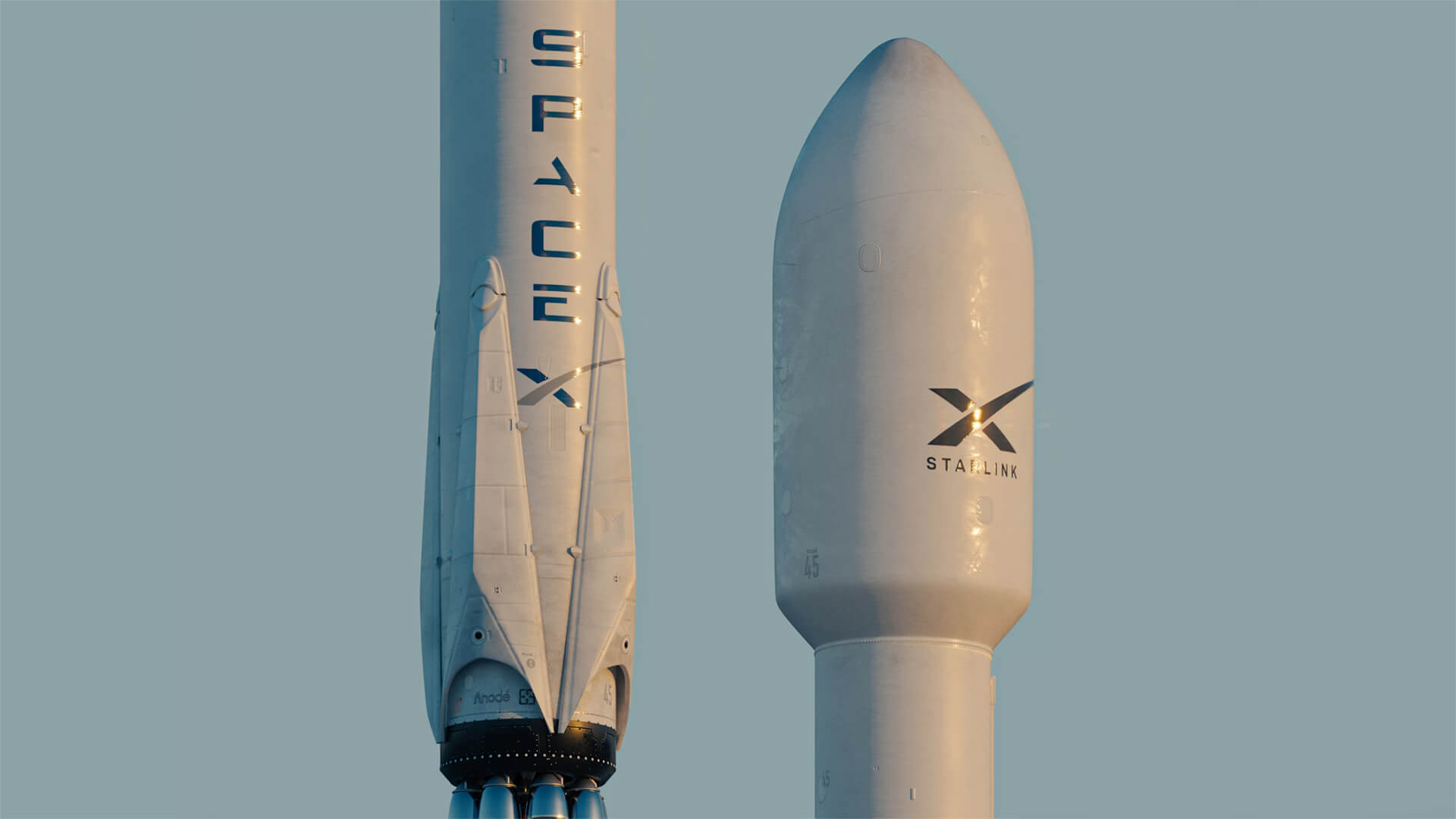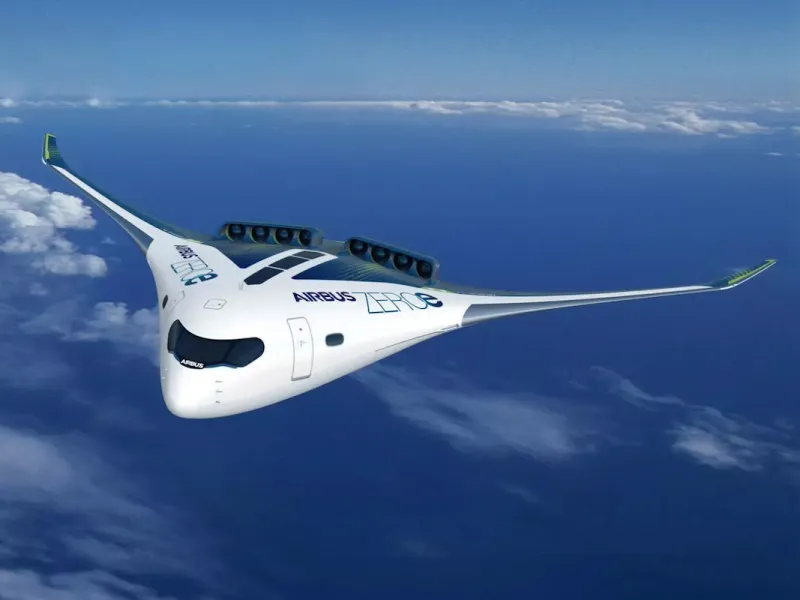You've probably looked up at a blue sky and seen an aeroplane leave a white, long streak. These white streaks, called contrails, are normal and usually scary at high levels. And what are they? Are they harmful? Are they just smoke? This article explores the science behind contrails and how they relate to both aviation and the atmosphere.
What Are Contrails and How Do They Form?
The word "Contrail" is an abbreviation for condensation trail. When a jet engine burns fuel, gases like water vapor are released. At cruising altitudes (typically above 8,000 meters) the air is very cold, often about −40°C or colder.
When the hot exhaust from the engines meets this cold air, the water vapor condenses rapidly into tiny water droplets or ice crystals. These frozen particles form the white trail you see behind a plane, just like how your breath condenses in cold weather.
Contrails can appear instantly and may extend for many kilometers depending on the atmospheric conditions.
Why Some Contrails Stay Longer Than Others
Contrails can behave differently based on temperature and humidity in the upper atmosphere:
If the air is dry, the ice crystals evaporate quickly, and the contrail disappears within seconds.
If the air is humid, the ice crystals remain suspended for longer and may even spread out, creating broader, cirrus like clouds.
Sometimes, multiple planes flying at different altitudes can create overlapping contrails, forming striking patterns in the sky.
Do Contrails Affect the Environment?
While contrails themselves are made mostly of ice crystals, they are connected to broader climate concerns. Persistent contrails may contribute to global warming by trapping heat in the Earth’s atmosphere similar to thin clouds.
According to climate researchers and the Intergovernmental Panel on Climate Change (IPCC), contrails have a small but measurable impact on climate. This has led to increased interest in using sustainable aviation fuels, optimizing flight altitudes, and designing engines that reduce contrail formation.
Are Contrails Harmful or Artificial?
Contrails are also the subject of many conspiracy theories, especially claims about “chemtrails.” However, there is no scientific evidence to support these assertions. Scientists have studied and observed contrails for decades; they are a natural byproduct of combustion and high-altitude conditions.
They are a regular part of modern flight and are especially noticeable on busy travel routes.
Conclusion
Contrails are one of the most visible signs of modern aviation, yet many people don’t know how they form. By understanding the role of cold air, moisture, and engine exhaust, we see that contrails are simply frozen water crystals not pollution, not smoke, and not dangerous. They are a fascinating mix of physics and the environment, written across the sky.



